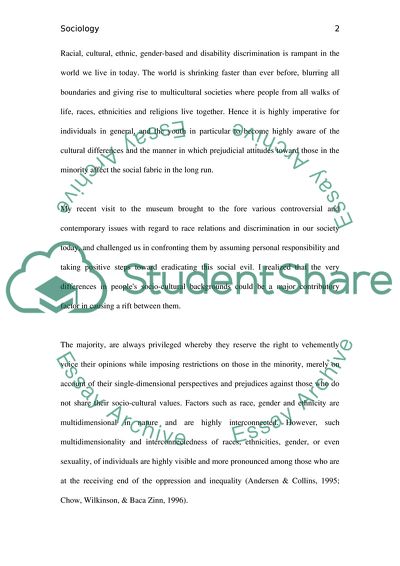Cite this document
(Reflection on the Field Trip to the Museum of Tolerance Essay, n.d.)
Reflection on the Field Trip to the Museum of Tolerance Essay. https://studentshare.org/sociology/1850064-1museum-of-tolerance-jewish-holocaust-2-prejudice-and-discrimination
Reflection on the Field Trip to the Museum of Tolerance Essay. https://studentshare.org/sociology/1850064-1museum-of-tolerance-jewish-holocaust-2-prejudice-and-discrimination
(Reflection on the Field Trip to the Museum of Tolerance Essay)
Reflection on the Field Trip to the Museum of Tolerance Essay. https://studentshare.org/sociology/1850064-1museum-of-tolerance-jewish-holocaust-2-prejudice-and-discrimination.
Reflection on the Field Trip to the Museum of Tolerance Essay. https://studentshare.org/sociology/1850064-1museum-of-tolerance-jewish-holocaust-2-prejudice-and-discrimination.
“Reflection on the Field Trip to the Museum of Tolerance Essay”. https://studentshare.org/sociology/1850064-1museum-of-tolerance-jewish-holocaust-2-prejudice-and-discrimination.


